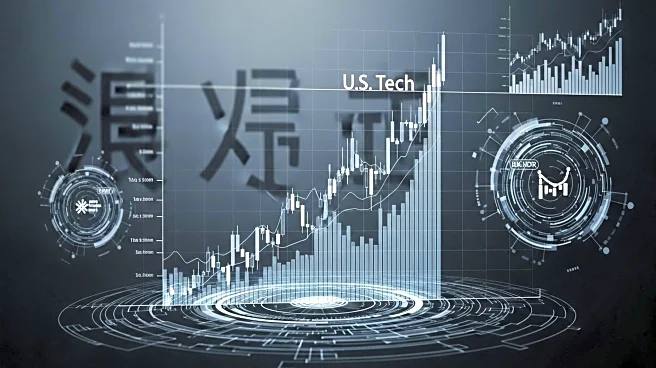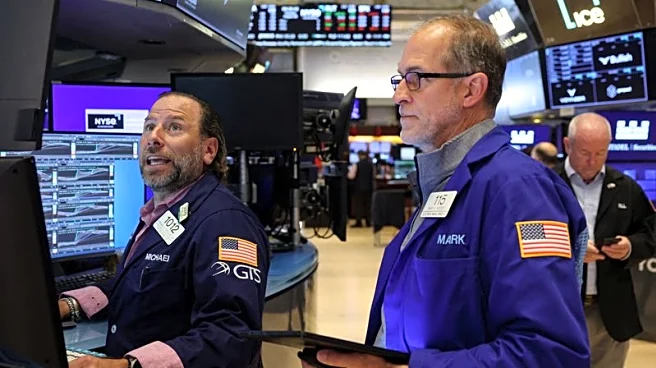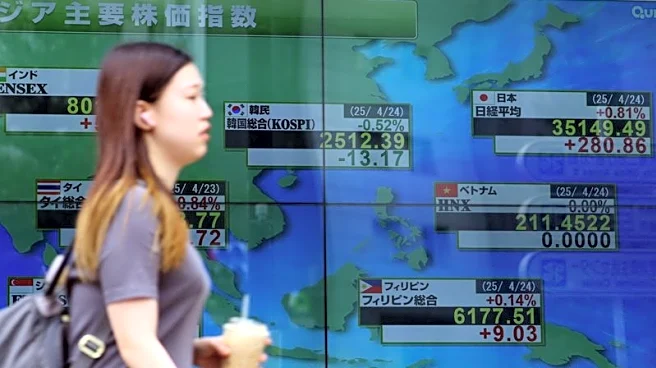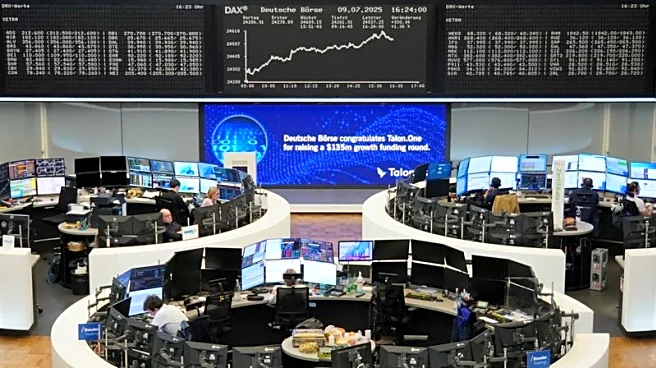What is the story about?
What's Happening?
The global investment landscape in late 2025 is marked by a divergence between U.S. and Asian markets. U.S. tech stocks are experiencing a rally driven by expectations of Federal Reserve interest rate cuts, following July's CPI report indicating headline inflation at 2.7% and core inflation at 3.1%. This has led to a 90.4% probability of a 25-basis-point rate cut at the upcoming FOMC meeting. Meanwhile, Asian markets are underperforming due to trade tensions and uneven inflation dynamics. Countries like Kazakhstan and Palestine face hyperinflation, while others like Brunei and Thailand report negative inflation. This disparity complicates central bank policy coordination across the region.
Why It's Important?
The U.S. tech rally highlights the impact of monetary policy on market valuations, particularly for high-growth sectors. Lower interest rates reduce discount rates for future earnings, benefiting tech stocks. However, persistent tariff-driven inflation risks remain a concern. In contrast, Asian markets face challenges from fragmented inflation regimes and trade uncertainties, affecting investor confidence and regional economic stability. This divergence necessitates strategic portfolio adjustments, emphasizing sector rotation and regional reallocation to hedge against volatility.
Beyond the Headlines
The ongoing U.S.-China trade tensions and tariff policies continue to influence global market dynamics. Investors are increasingly shifting from high-valuation growth stocks to value equities and international markets, seeking stability amid policy risks. This trend mirrors historical patterns during trade wars, where capital flows to undervalued regions and sectors. Strategic reallocation towards Asian and European equities, particularly in defensive sectors, may offer lower volatility compared to U.S. tech stocks.
AI Generated Content
Do you find this article useful?
















